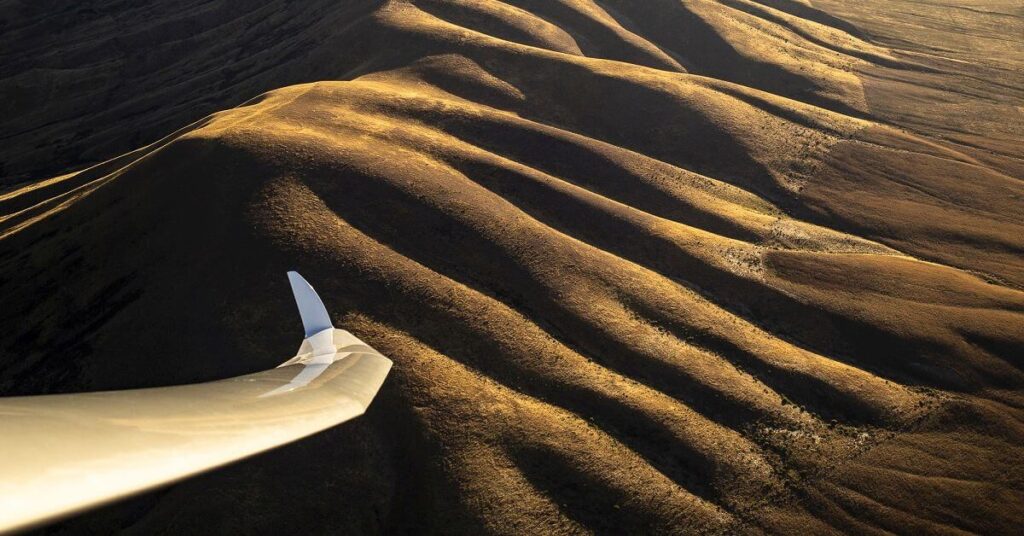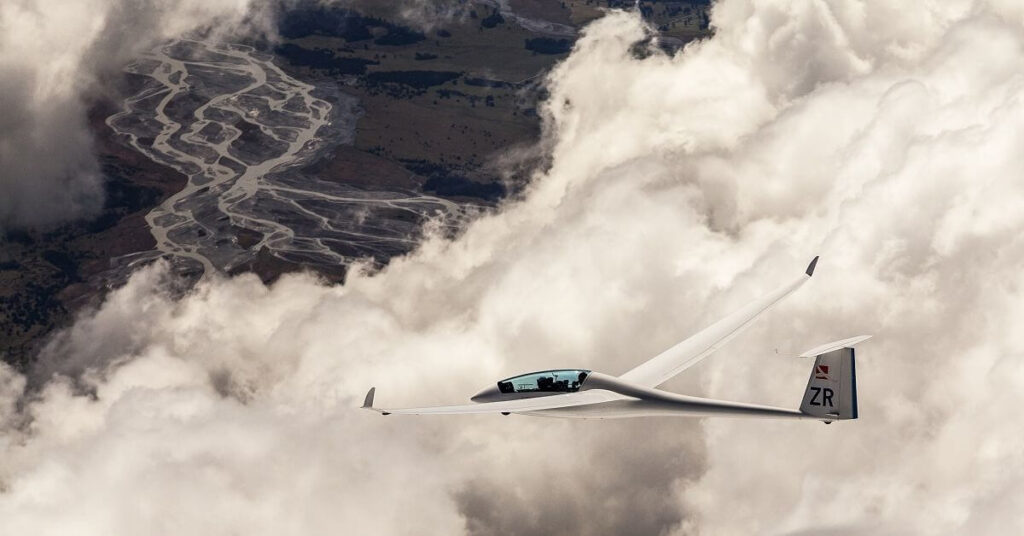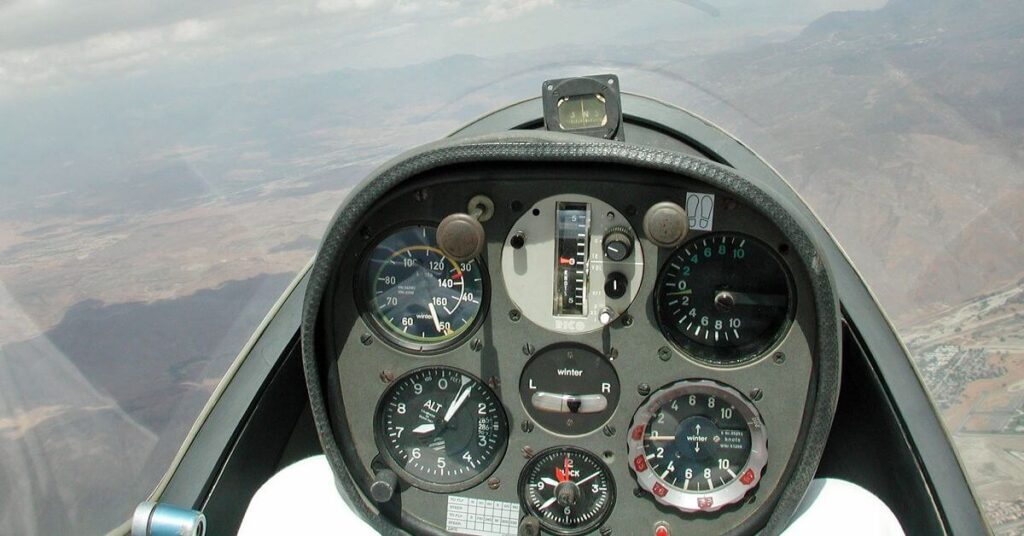The distance that a glider can fly depends on a variety of factors, including weather conditions, the glider’s design, and the skill of the pilot. In ideal weather conditions, gliders can fly for hundreds of miles and stay aloft for several hours. In thermals, gliders can gain altitude and fly even farther.
In competitions, gliders can fly hundreds of miles, cross countries, and even fly non-stop for several hundred miles. In cross-country competitions, pilots aim to fly from one point to another, usually in a predetermined order, with the goal of covering the greatest distance possible in a given time period.
In general, gliders can fly as far as the pilot can find thermals or rising air currents to maintain altitude and keep flying. As a glider pilot flies, he has to make decisions about when to leave a thermal and search for another one, how to navigate to reach the next thermal, how to optimize the speed and trajectory to fly efficiently, etc. In this way, gliders can fly long distances, even covering hundreds of miles, with the help of favorable weather conditions and the skill of the pilot.



